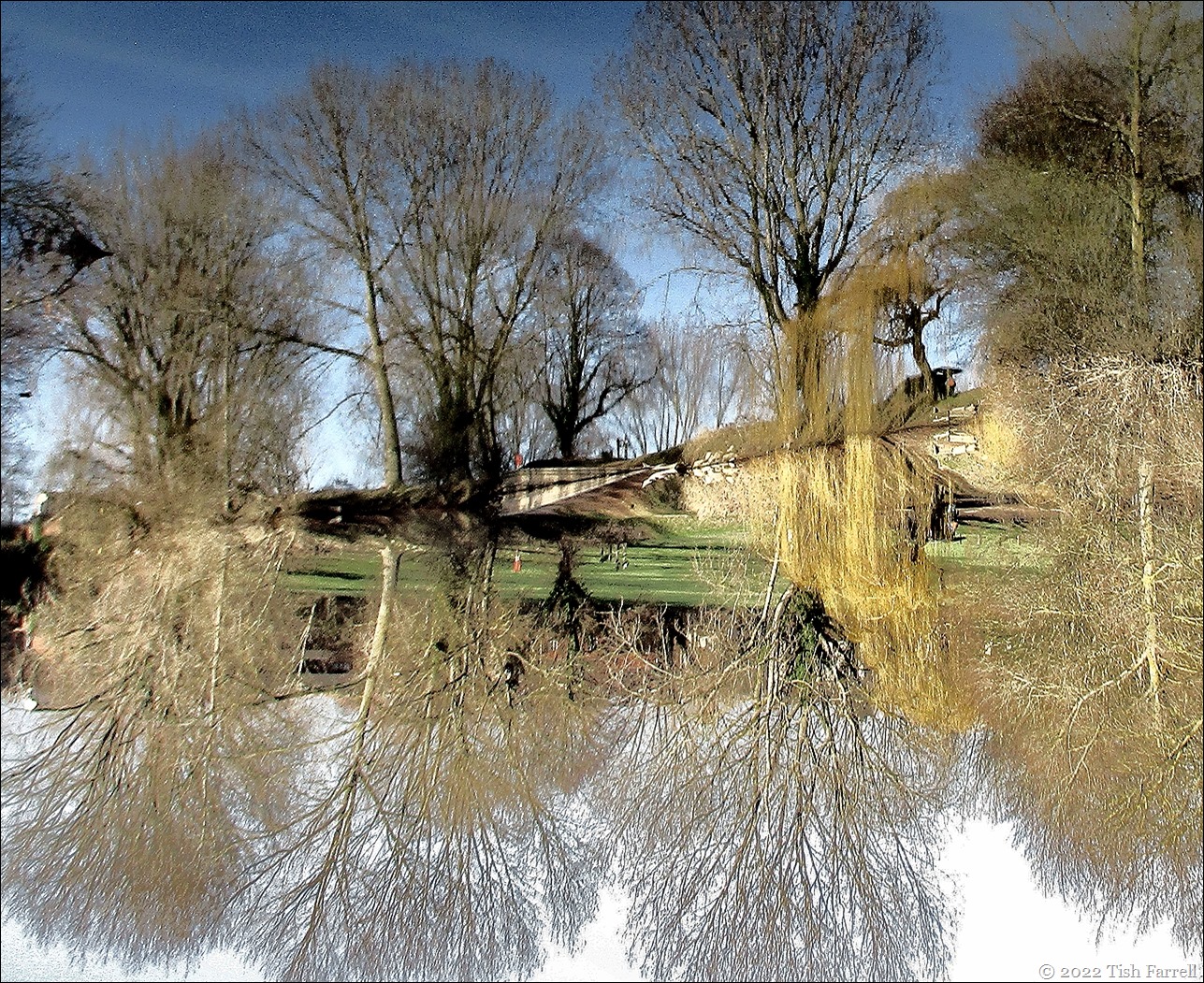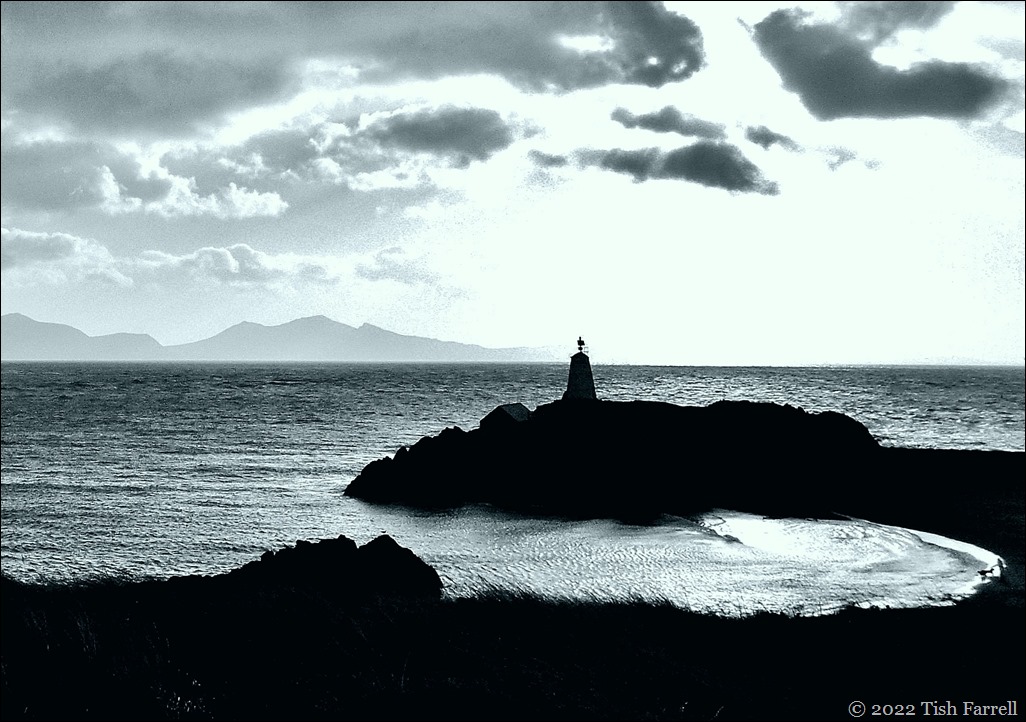“…some of the horses are unsettled by the drop…”
Thomas Telford 1826
I’m not one for heroes, but I make an exception for Thomas Telford (1757-1843), the son of a Dumfriesshire shepherd who became one of Britain’s most outstanding engineers, the first President of the Institute of Civil Engineers and the man who left us with many astonishing structures still in daily use. Not the least of his many achievements are Scotland’s 60-mile Caledonian Canal and the magnificent Pontcysyllte Aqueduct whose still working canal crosses the River Dee near Llangollen in Wales.
And then there is the Menai Bridge that bridges the strait between mainland Wales and the island of Anglesey, with arches tall enough to allow ships to pass without lowering their sails. With a span of 580 feet it was, in its day, the longest suspension bridge ever constructed. Work began in 1819 and the bridge was opened to coach traffic in 1826. The project was part of Telford’s major improvements of the road from the Anglesey port Holyhead to London, otherwise known as the A5. One object was to ensure the swift, safe transport of Irish Members of Parliament to Westminster. Before the bridge, they had to risk a perilous ferry crossing between Anglesey and Bangor.
Telford was not only a man of vision in construction terms, but he always looked to the bigger picture, building roads that, though expensive to construct, were well drained and low maintenance, always looking to create integrated transport systems that would bring local and national prosperity. He was fastidious, too, in his project planning, and astute when it came to political lobbying and fund raising. He was also a man who made fast friendships and was a diligent letter writer, and he did much to encourage the young engineers who would succeed him.
In fact he never stopped working. Only death at the age of 77 concluded his prodigious career. There was never time to marry either (though there were near misses) and only in his late years did he bother to buy his London house. Even then he still kept travelling, racketing around in a coach from project to project, the length and breadth of the British Isles. He was certainly a man who knew his own worth, but he was modest too. Here’s a letter he wrote to one of his Menai Bridge contractors, Nye Vaughn, owner of the Castle Iron Works which provided the iron chains.
My Dear Vaughn,
You will be pleased to learn that the bridge at Menai is finished and opened to mail coaches last month. I confess the admiralty demand to hang the road a hundred feet above the sea to allow sailing ships to pass was a daunting requirement. However the bridge is built and, I must say, I am proud of it. It seems I am to be known as the ‘Colossus of Roads’ ** . An odd name don’t you think? Your iron chains were a devil to hang across the straits but they are firm and there is little movement when the coaches pass across although some of the horses are unsettled by the drop. Thank your son for his suggestion to coat the chains in linseed oil to protect them from corrosion. His idea has proved better than the lead paint we planned to use. To be doubly sure we have done both. When he proposed linseed oil I believed he was repaying me for teasing you in the sealing of Pontcysyllte Aqueduct. I hope you forgive my jest. Please accept my compliments and thank your foundry men. Tell them we found no flaws in the links we tested. When I am next in need of heavy castings I will call on you.
My very best regards,
Telford
** It was Telford’s close friend and poet Robert Southey who coined this term Colossus of Roads
When we were on Anglesey back in January the bridge had been closed for three months. It was quite an emergency. Some structural upgrading carried out during the war years 1938 and 1941 showed serious signs of failing. Brittle hanging sockets were the problem and “analysis showed there was a credible risk of an unzipping failure of the bridge deck.”
An unzipping suspension bridge of Menai’s scale sounds horrendous. It’s good to know the bridge is now back in business. It opened again at the start of February. All the same, I wonder what Thomas Telford and Nye Vaughn would have had to say about brittle hanging sockets.
Cee’s Black & White Photo Challenge: Arches, domes and half circles





















